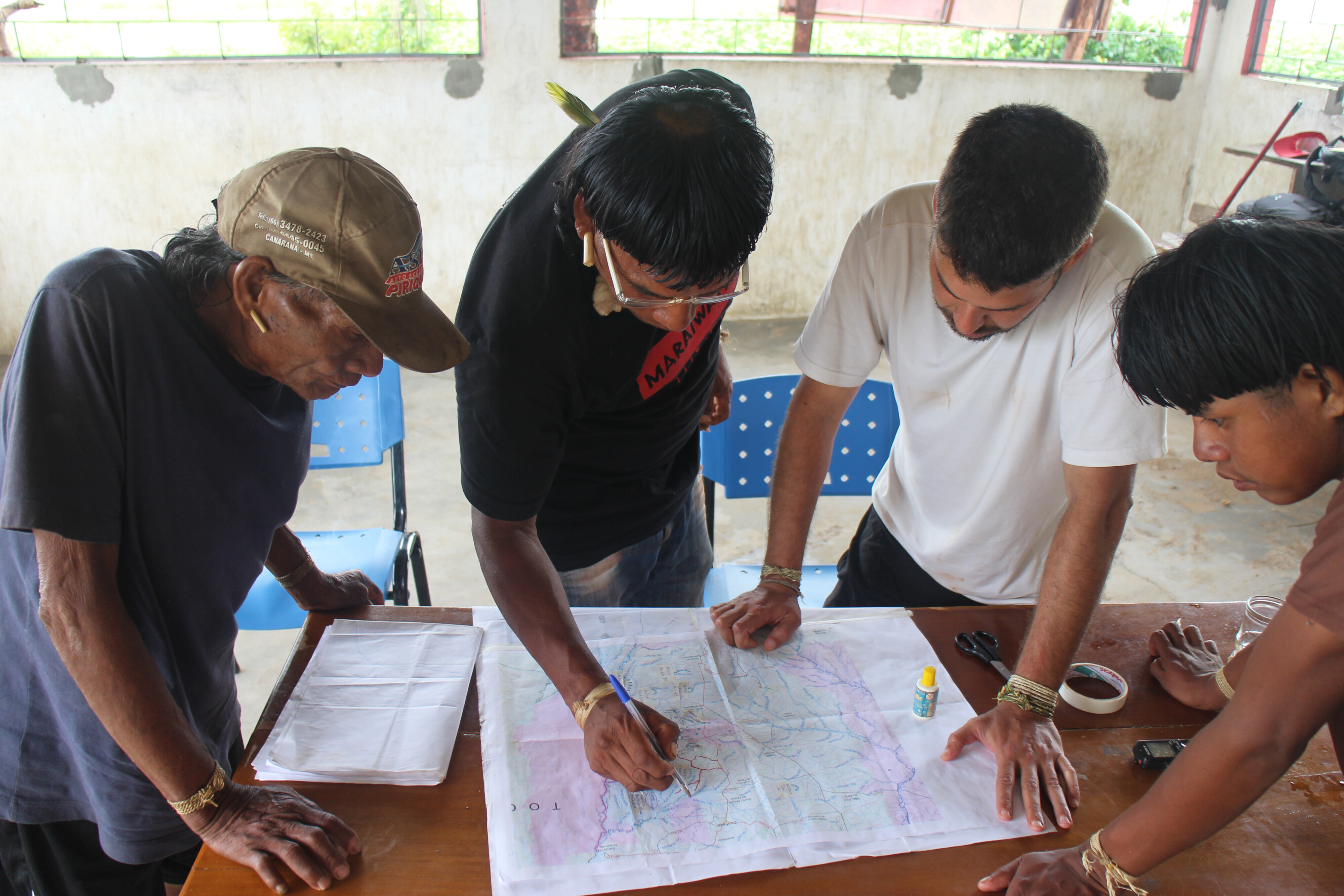Addressing practices and theories across architecture, archaeology, environmental science, visual culture, and advocacy, Earthly Memorials explores landscapes that challenge ideas of nature in heritage and preservation. The project proposes to learn from memorial sites where the boundaries between the natural and the constructed are eroded into more complex understandings of our more-than-human world.
Arguably, learning from ruins is the foundational epistemic act of architecture and its politics.
What we are naming “earthly memorial landscapes” embraces forms of spatial knowledge and technologies where nature is not a passive object for human appropriation and exploitation, but a living and acting being on equal footing with humans – a member of the “polis” to whom even rights ought to be granted.
In acknowledging the agency of non-humans in shaping historic landscapes, the project searches for a politics-practice of design that displaces design’s (ontological) anthropocentrism in favor of “a much more distributed, networked and collective process within which many forces and beings participate with varying degrees of agency in shaping and being shaped by the environments within which they coexist”, moving towards a potential “design beyond the human.”

Conceived as a multivalent, long-term research and advocacy project, Earthly Memorials builds on a continuous engagement with questions concerning more-than-human design, including projects such as Non-human Rights (2012), Forest Law (2014), and An Architectural Botany (2021).
For the fellowship at the Design Museum, we are developing an architectural advocacy project in support of the recognition and protection of forest heritage in the Jaraguá Guarani Indigenous Land in the city of São Paulo.

Surrounded by the city’s voracious urban sprawl, the Jaraguá is home to the only remnant of Atlantic Forest in the urban area of São Paulo. As well as being an ecological area of fundamental importance for the climate regulation of São Paulo, a city where green spaces are notoriously scarce, it is a territory of immense heritage value for the Guarani nation. “Ka’aguy,” the Atlantic Forest, with its misty fog and torrential rains, is a landscape saturated with history, culture and memory, the living heritage of the Guarani’s human and nature ancestrals.
In a context of increasing urban speculation, the Guarani’s sacred forests are constantly under threat of invasion and destruction. In collaboration with community teachers and leaderships, the fellowship will support the production of a multi-media heritage dossier on the Jaraguá Land. Combining data analysis, oral history, audiovisual documentation and archival material, the dossier aims at generating a rights advocacy tool in support of the ongoing struggle for the Guarani for reparation and land rights recognition. On the conceptual front, it will offer a fresh look on definitions of heritage capable of incorporating non-Western views on nature and earth, thereby challenging the colonialilty of the historic-epistemic foundations of the modern concept of heritage.
Spanning design, pedagogy, publishing and rights advocacy, this chapter of Earthly Memorials is developed through a network of collaborators that includes the architectural school Escola da Cidade and the Chão urban collective.



